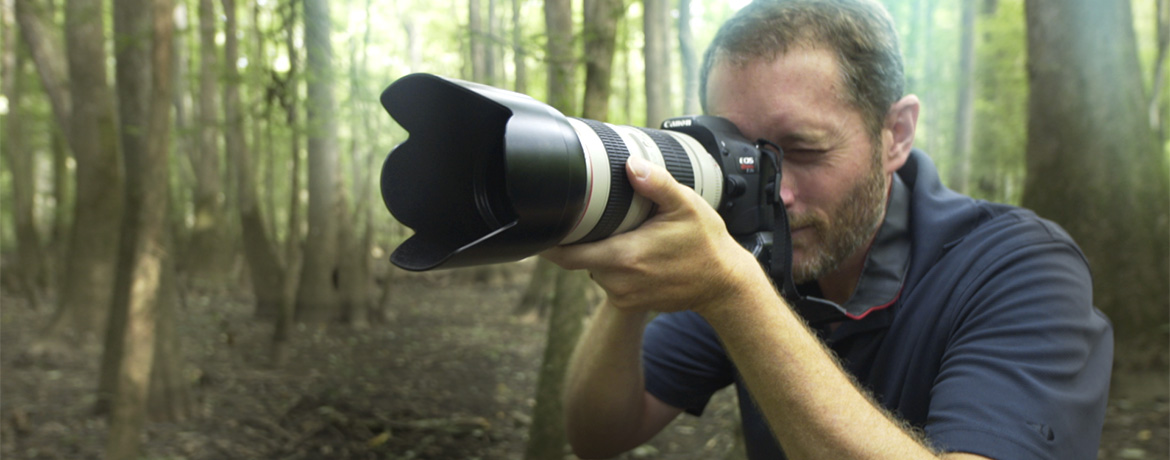
Trees for the Forest
The next time you marvel at the natural-looking forest in a movie or the realistic environments in a video game, thank alumni Michael Sechrest and Chris King. The movie industry did, too — with an Academy Award.
King and Sechrest founded Interactive Data Visualization Inc. and developed SpeedTree®, software that helps create the rich environments in movies and video games. Along with senior software architect Greg Croft, another Carolina grad, they received an Academy Award® from the Academy of Motion Picture Arts and Sciences.
Their journey to the Academy Awards began after they earned master’s degrees in computer science and engineering more than 15 years ago. While working at Carolina as adjunct instructors and research engineers, King and Sechrest decided to start their own company.
Encouraged by professors like Bob Pettus and Roger Dougal, the two formed IDV and
earned one of the first spots in the USC/Columbia Technology Incubator, which fosters
start-up companies that work with university faculty and students. Support offered
by Technology Incubator director Joel Stevenson took them to the next level.
I can’t say enough about Joel Stevenson and what a comfort it was to have his counsel any time we needed it. Joel helped guide us through opportunities and problems and kept us well-connected to other professionals and service providers we desperately needed.
Chris King
“I can’t say enough about Joel Stevenson and what a comfort it was to have his counsel
any time we needed it,” King says. “Joel helped guide us through opportunities and
problems and kept us well-connected to other professionals and service providers we
desperately needed.”
The company’s break came when it was chosen to create a 3D fly-through of a residential development project proposed for downtown Columbia. But the animation presented new, unexpected challenges: trees. At the time, creating just one realistic tree was a task. Rendering dozens of trees during a fly-through would’ve been impossible.
And that’s how SpeedTree got started. It was created in-house so they’d have a tool that allowed them to finish the project.
After about six months of trying to sell the software to companies that produced architectural renderings and other visual simulations, they shifted their focus to real-time graphics for video games. Before long they got a call from NVIDIA, one of the largest graphics cards manufacturers. King and Sechrest worked for several months on a demo for NVIDIA, who put it on their developer’s site.
“Once a game came out that had a lot of outdoor environments — and that game was Oblivion in 2005 — our phones started ringing off the hook,” Sechrest says. Before long, the movie industry came calling, too. SpeedTree has since been used in more than 50 movies and counting — from “Avatar” to “The Avengers” to “Jurassic World” — and in more than 1,000 video games.
Over the years, the company has refined its software offerings. Better wind simulation adds to an environment’s realism. Even the effects of ambient light and light sources on individual trees are taken into consideration.
Developing and enhancing SpeedTree has been a long, ongoing process, one that Sechrest once considered “a long-shot side project,” but it has proven wildly successful. And now they’ve got an Academy Award to prove it.